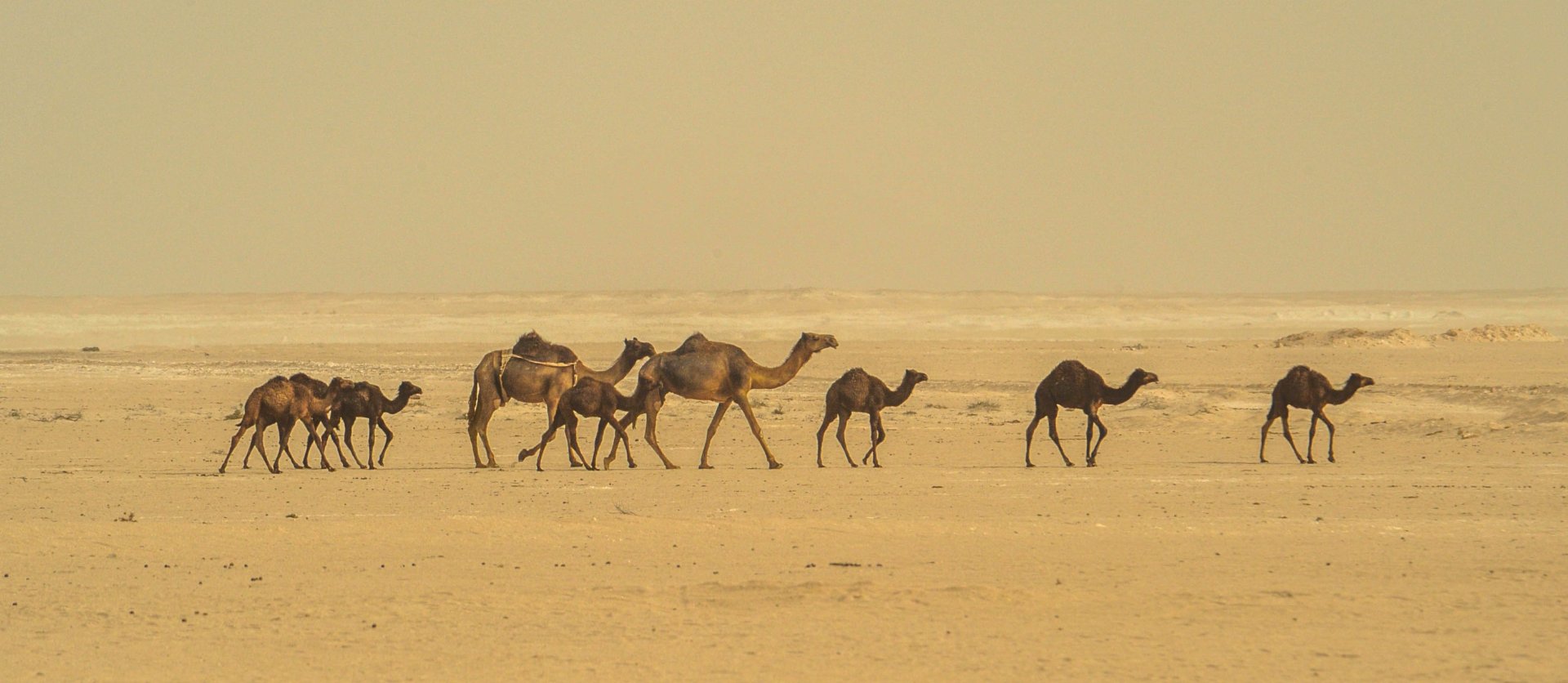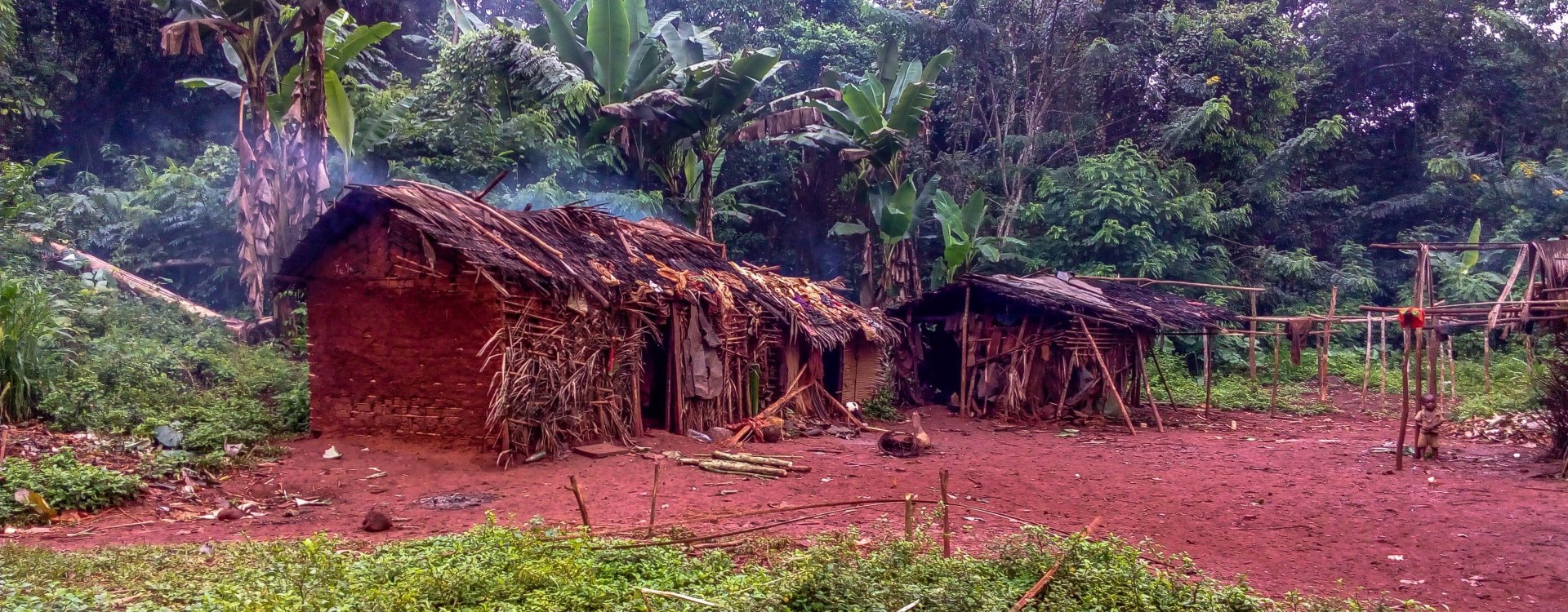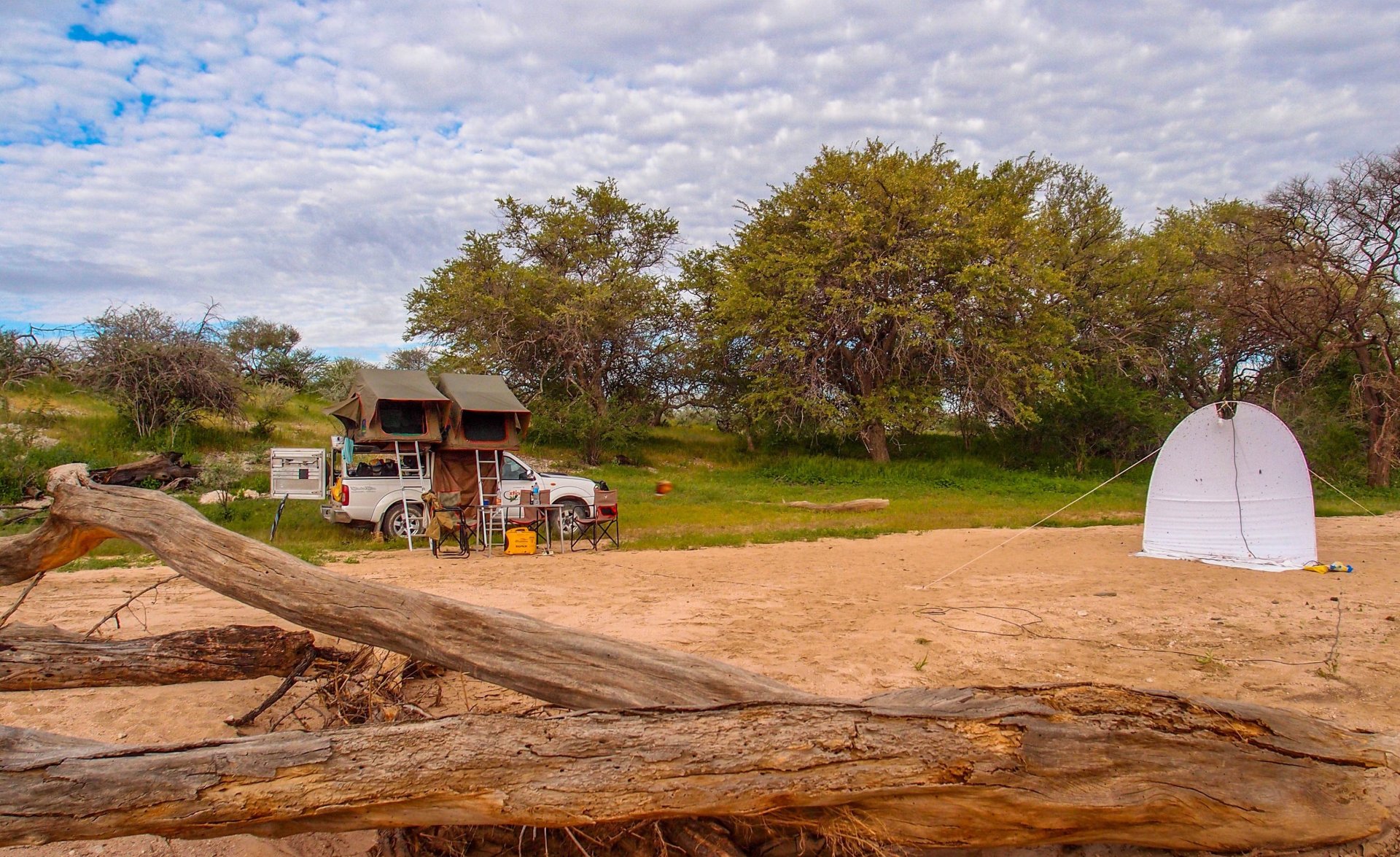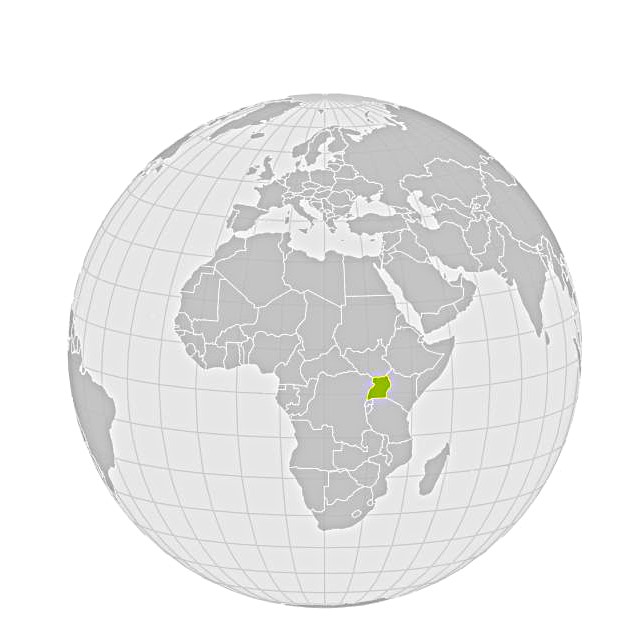Location, Geography, Topography
- Location: Uganda is a landlocked country in East Africa, bordered by South Sudan (north), Kenya (east), Tanzania (south), Rwanda (southwest), and the Democratic Republic of the Congo (west).
- Coordinates: Located between latitudes 1°S and 4°N, and longitudes 29°E and 35°E.
- Topography:
- Uganda is characterized by plateaus, mountains, and large lakes.
Lake Victoria: One of the largest lakes in the world, located in the southeastern part of the country.
Rift Valley: Runs through the western part of the country, forming significant features like Lake Albert and Lake Edward.
Mountains: The Rwenzori Mountains, also known as the "Mountains of the Moon," feature some of the highest peaks in Africa.
- Uganda is characterized by plateaus, mountains, and large lakes.
Climate Zone
- Climate Zone: Uganda's climate is generally equatorial but varies with altitude. It has tropical conditions, with high humidity in the lowlands and cooler conditions in the highlands.
Capital City, Its Location, and Elevation
- Kampala: The capital city of Uganda, located on the northern shores of Lake Victoria.
Elevation: Approximately 1,190 meters above sea level.
Climate: Equatorial climate with relatively mild temperatures due to its altitude, with an average temperature range of 17°C to 28°C.
Provinces and Primary Biomes
Uganda is divided into four administrative regions, which are further divided into districts. Each region has its distinct biomes and ecosystems:
- Central Region: Dominated by wetlands and tropical rainforests, especially near Lake Victoria.
Western Region: Includes the Albertine Rift and Rwenzori Mountains, with a mix of montane forests, savannas, and grasslands.
Eastern Region: Characterized by a mix of highland ecosystems (e.g., Mount Elgon) and lowland savannas.
Northern Region: Features dry savannas, acacia woodlands, and grasslands.
Climate, Rainy Season, and Main Vegetation Period
- Climate: Uganda experiences a tropical climate influenced by altitude. The country's climate can be divided into:
- Wet seasons: March to May and September to November.
Dry seasons: December to February and June to August.
- Wet seasons: March to May and September to November.
- Rainy Seasons: The long rainy season runs from March to May, while the shorter rainy season is from September to November.
- Main Vegetation Period: Vegetation thrives during the rainy seasons, especially in forested and agricultural regions.
Landscape, Biomes, and Types of Forests
- Landscape: Uganda's landscape ranges from dense tropical rainforests in the south and west to open savannas and rolling grasslands in the north.
- Biomes:
- Tropical Rainforests: Found in areas like Bwindi and Kibale, home to some of the last remaining mountain gorillas.
Savannas: Dominated by grasslands and scattered trees, common in northern Uganda and regions like Murchison Falls.
Montane Forests: Located in highland areas such as the Rwenzori Mountains and Mount Elgon.
Wetlands: Uganda has extensive wetlands, particularly around Lake Victoria and in the Nile River basin.
- Tropical Rainforests: Found in areas like Bwindi and Kibale, home to some of the last remaining mountain gorillas.
- Forests: Include tropical rainforests like Mabira Forest and Budongo Forest, which are important for biodiversity and conservation.
List of All Mountain Ranges
- Rwenzori Mountains: Located on the border between Uganda and the Democratic Republic of the Congo, with peaks reaching over 5,000 meters, including Mount Stanley. These mountains are known for their glaciers and unique alpine vegetation.
Mount Elgon: An extinct volcanic mountain located on the border between Uganda and Kenya, with its highest peak, Wagagai, reaching 4,321 meters.
Virunga Mountains: A volcanic range that spans the borders of Uganda, Rwanda, and the Democratic Republic of the Congo, home to some of the last mountain gorillas.
Kigezi Highlands: Located in southwestern Uganda, known for their terraced hills and cool climate.
Mufumbiro Mountains: Part of the Virunga range, in southwestern Uganda, characterized by volcanic activity.
List of Typical Landscape Units
- Albertine Rift: A biodiversity hotspot, home to many endemic species and rich in lakes, forests, and mountain ranges.
Lake Victoria Basin: The largest freshwater body in Africa, contributing to the rich ecosystems of the surrounding areas.
Western Rift Valley: Runs through western Uganda, with lakes like Lake Albert and Lake Edward, bordered by towering escarpments.
Karamojong Plateau: Located in northeastern Uganda, featuring semi-arid grasslands and acacia woodlands.
Kyoga Basin: Characterized by wetlands and floodplains, particularly around Lake Kyoga in central Uganda.
List of National Parks
- Bwindi Impenetrable National Park: Known for its dense tropical rainforest and as a critical habitat for mountain gorillas.
- Queen Elizabeth National Park: Features savannas, lakes, and volcanic craters, famous for tree-climbing lions and large elephant herds.
- Murchison Falls National Park: Uganda’s largest park, centered around the Nile River and the dramatic Murchison Falls.
- Kibale National Park: A haven for primates, including chimpanzees, with lush rainforests and wetlands.
- Lake Mburo National Park: A smaller park known for its savannas, lakes, and diverse wildlife, including zebras and hippos.
- Mount Elgon National Park: Focused on the extinct volcano Mount Elgon, with montane forests, caves, and highland ecosystems.
- Rwenzori Mountains National Park: Encompassing the glaciers and alpine vegetation of the Rwenzori Mountains, this park is a UNESCO World Heritage Site.
- Semuliki National Park: Located in the Albertine Rift, featuring lowland tropical forests, hot springs, and rich biodiversity.
- Kidepo Valley National Park: A remote park in northeastern Uganda, known for its rugged landscapes and populations of elephants, lions, and cheetahs.
- Mgahinga Gorilla National Park: Part of the Virunga Mountains, home to mountain gorillas and golden monkeys.
- Ziwa Rhino Sanctuary: A conservation area established to protect the reintroduced white rhinoceros population.
Typical Flora and Fauna
Flora
- Tropical Rainforests: Dominated by species like mahogany, ebony, and fig trees.
Savanna Vegetation: Grasses and scattered acacia trees dominate the northern and central parts of Uganda.
Montane Forests: Found in the highlands, with species like giant lobelias and giant groundsel.
Wetland Vegetation: Papyrus swamps are common in low-lying areas and around the shores of lakes.
Fauna
- Mammals: Mountain gorillas, chimpanzees, African elephants, lions, leopards, hippos, giraffes, zebras, and buffalo.
Birds: Over 1,000 bird species, including the shoebill stork, African fish eagle, great blue turaco, and numerous species of hornbills and kingfishers.
Reptiles: Crocodiles, various species of snakes, and chameleons are common.
Insects: Uganda is home to a wide variety of insect life, including butterflies, beetles, and mosquitoes.









